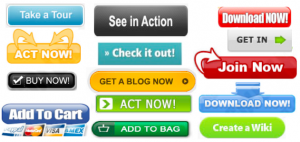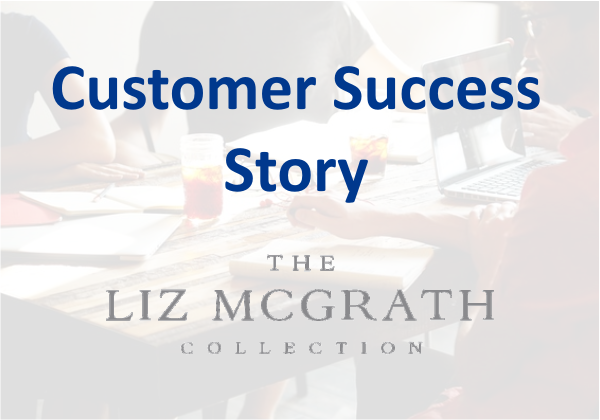Call-to-action – Annoying or Inviting?

All online marketers yearn to accomplish the art of developing the perfect call-to-action (CTA). The intention is to aid website visitors with engaging with your organisation via your website. The best way to get the activity you want to see is simply to ask what you want from the prospect. Knowing the difference between a clear CTA and turning audiences off with an outright instruction is the difficult part.
Contrary to popular belief, audiences don’t necessarily want to feel compelled to act or feel rushed into making a decision. In certain situations, marketers would achieve more by taking a less ‘aggressive’ approach with their CTAs, rather than ‘telling’ website visitors what to do. Marketers should take a step back and look at their approach through the audience’s perspective.
The most common misconception is that too many options may confuse the reader. Yes, marketers have an idea of what their audiences are looking for, but cannot apply this ‘rule’ to every one of their prospects. It does not matter how clear or attractive the CTA appears to be, if a reader is not ready to act, s/he will not act.
A great example of giving your readers multiple options to act on is the ’subscribe to our newsletter’ call to action. Many readers can get annoyed with the pop-up appearing and distracting them from their task though. Offending your audience is the last thing marketers want to do and are often unaware of the effects of the bothersome pop-up. You may have existing customers going through your website and being put off by this too. Instead of the straight-forward ‘subscribe’ button, an option of ’I’m interested, but just browsing’ or ’not now’ would give audiences control over what they’re being exposed to.
Providing options indicates to the reader that they are important and not just a means to an end for the brand. Marketers should move beyond the passive feedback approach and give readers an active role in specifying their interests. When offering users choices, marketers should then use the feedback from website visitors to better understand their prospects and customer and improve their overall brand strategy.









